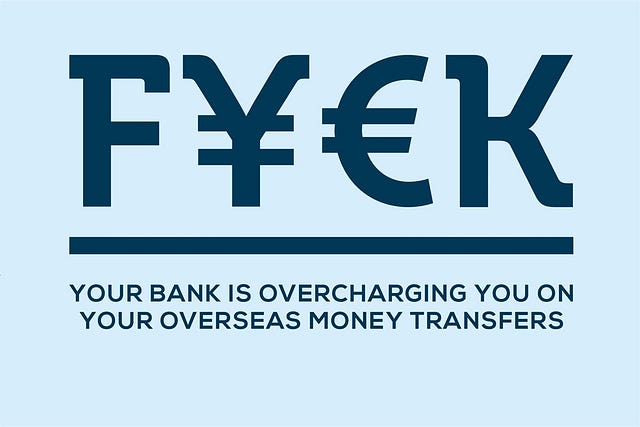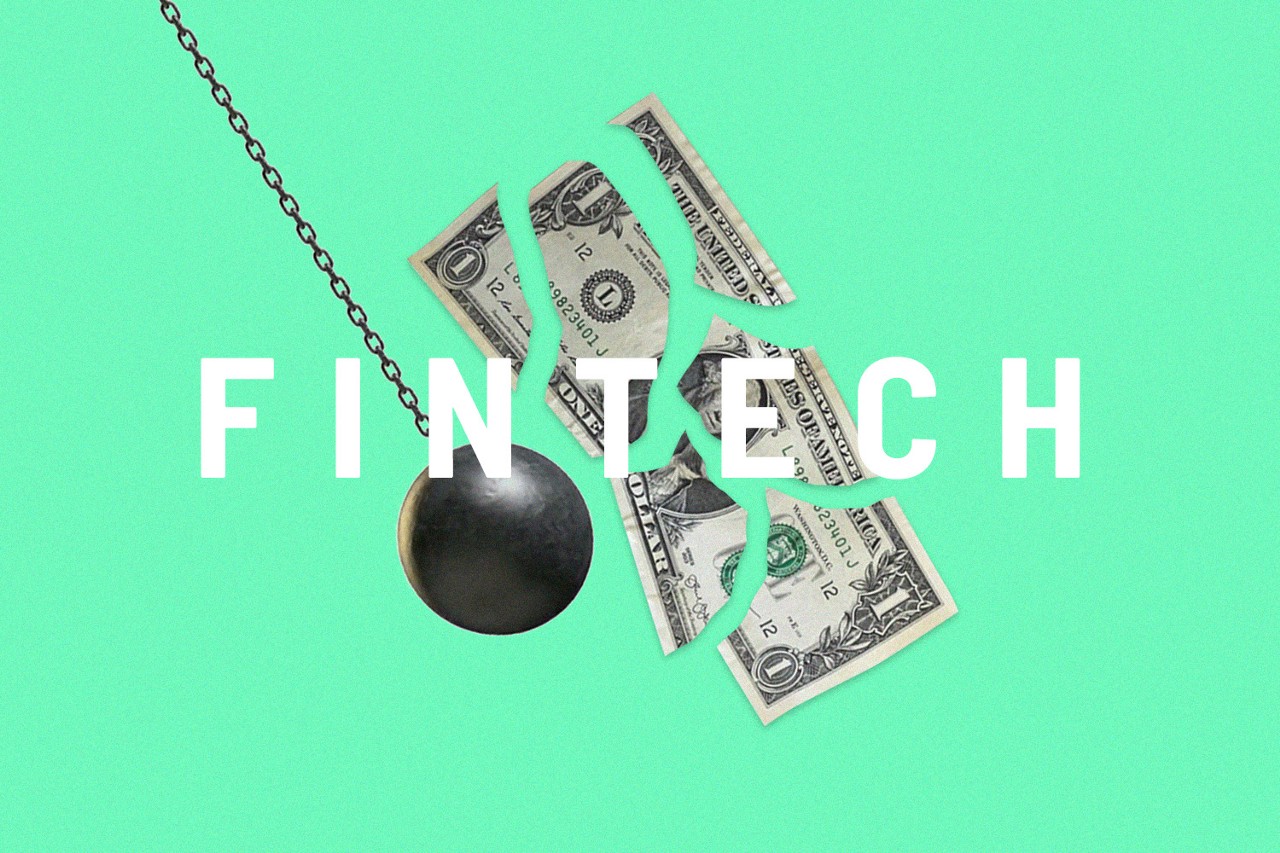An Overview of Fintech Disruption
Fintech Disruption means new players & new rules
Until very recently, the world of financial services was a relatively stable one. A number of major banks and institutions occupied dominant positions in the market, protected by a combination of economic factors and international regulation.
But as funding for FinTech projects has moved from a venture capital-dominated field to more mainstream forms of investment, the effects of FinTech disruption on the retail banking market have begun to resonate with astonishing intensity.
A recent PwC report shows not only that a large majority of market incumbents are worried they’re losing revenue to innovators, but that 82% of them expect to increase FinTech partnerships in the next five years, and 77% expect to adopt blockchain systems by 2020.
That’s the effect of FinTech disruption on more traditional players, an effect which means that FinTech innovation is no longer a minority in the financial services industry — it’s set to become the new market standard. Let’s take a closer look at the shapes these new practices are taking, before diving into what banks and other traditional financial institutions can do to stay competitive, as FinTech disruption turns their sector into a rapidly-changing one.
The customer-facing revolution in financial services
Though the core idea behind the current wave of FinTech disruption – providing competition to financial institutions from non-banks – is in itself nothing new, what’s changed is the way that competition today uses technology to build services aimed at rapidly evolving consumer preferences. The core FinTech players have developed products that prioritize speed, flexibility, and transparency, all of which are in high demand in the mobile era.
Unlike banks, who are burdened by compliance and legacy systems, FinTech can focus entirely on user experience.
Companies like Stripe and TransferWise, for example, have stepped up to provide a set of open, inexpensive, and highly successful payment services in a market where mobile payments are the new norm. In the world of banking, startups like N26 and Monese have fundamentally reconfigured our understanding of what bank accounts can be, with their particular brand of FinTech disruption allowing users to open accounts without an address, credit history, or exchange rate fees.

Traditional investment practices are also facing crises on their end, as companies like ScalableCapital and Kreditech offer new possibilities for diversifying stock portfolios and managing risk, all while opening the market to customers previously restricted by the hefty fees banks charge for access to trading platforms. Let’s not forget InsurTech startups like Oscar and Lemonadeeither – these companies have provided their own take on FinTech disruption, and a different set of challenges to incumbents with fast, affordable, customer-facing alternatives for health and home insurance, respectively.
In each of these cases, FinTech companies focused on single-product solutions and mobile channels have been able to cater to rapidly evolving consumer preferences, all while avoiding the costs and regulatory restrictions banks have no choice but to take on.
Digital technologies and the rise of new business models
In parallel to this shift toward user experience, a number of new technologies have led to the emergence of innovative business models that compete with financial institutions from behind the scenes.
Data science companies like Big Data Scoring and Tala make it possible to manage credit quality processes more quickly, effectively, and with a wider reach of potential customers than in typical banking environments. Security-wise, companies like ComplyAdvantage have developed AI-driven risk databases that offer inexpensive options for keeping up with the ever-shifting landscape of data breaches, hacks, and fraud in the digital world, making it easy for competitors to provide services just as secure — if not more — than those provided by incumbents.

Finally, enabling processes and technologies built by companies like Railsbank and Solarisbank also contribute to this new wave of FinTech disruption. These technologies now provide modular, cost-effective ways for businesses to gain API access and develop banking products, here too opening the market to competitors who don’t have to face the operational costs and compliance responsibilities typically imposed on financial institutions.
Open banking
This last point deserves our closer attention: In addition to the various means and methods of FinTech disruption that we’ve already talked about, open banking is another key development that’s increased pressure on banks in recent years. The European Union’s revised PSD2 directive, which requires banks to offer public APIs so that companies can make use of customer data, is a good example of this.
FinTech startups like those just listed have smartly monetized the wealth of data banks can provide, developing services that generate profit both for themselves and for those adaptable enough to integrate the services they provide into their business models.
This pressures banks both directly, as FinTech companies gain stature in the financial services market, and indirectly, as financial institutions miss out on potential opportunities for monetizing the very data they’ve been made to share.
(If you want to know more about Open Banking, read our article What Is Open Banking?)
Innovation: tough challenges, big rewards
Although keeping up with FinTech disruption can seem like a complex and costly undertaking for financial institutions, avoiding it is by no means a sustainable strategy. Banks today often find themselves with any combination of dated technology systems, cumbersome regulations and compliance obligations, and a lack of access to the tools, skills, or approaches that drive change forward — that’s undeniable. But what’s equally undeniable is the urgency for innovation in the contemporary market for financial services.
In a 2017 PwC survey, nearly half of respondents recognized that up to 20% of their revenue was at risk of being lost to standalone FinTech companies within the next five years, while nearly a quarter saw it rising up to 40%.
Here’s the takeaway: though FinTech disruption may hurt in the short term, embracing innovation will help banks not only stay afloat but shine in the long term.
Need a fintech product development partner?
Mooncascade is a Product Development company focused on building new disruptive solutions with real business and market impact. If you happen to be interested in developing a Fintech product by yourself and need a Product Development partner, then have a look at what we’ve done for FinTech companies, and get in touch! What’s more, you can check our beginner’s guide to the world of FinTech just to get inspired by the endless opportunities of financial technologies.

